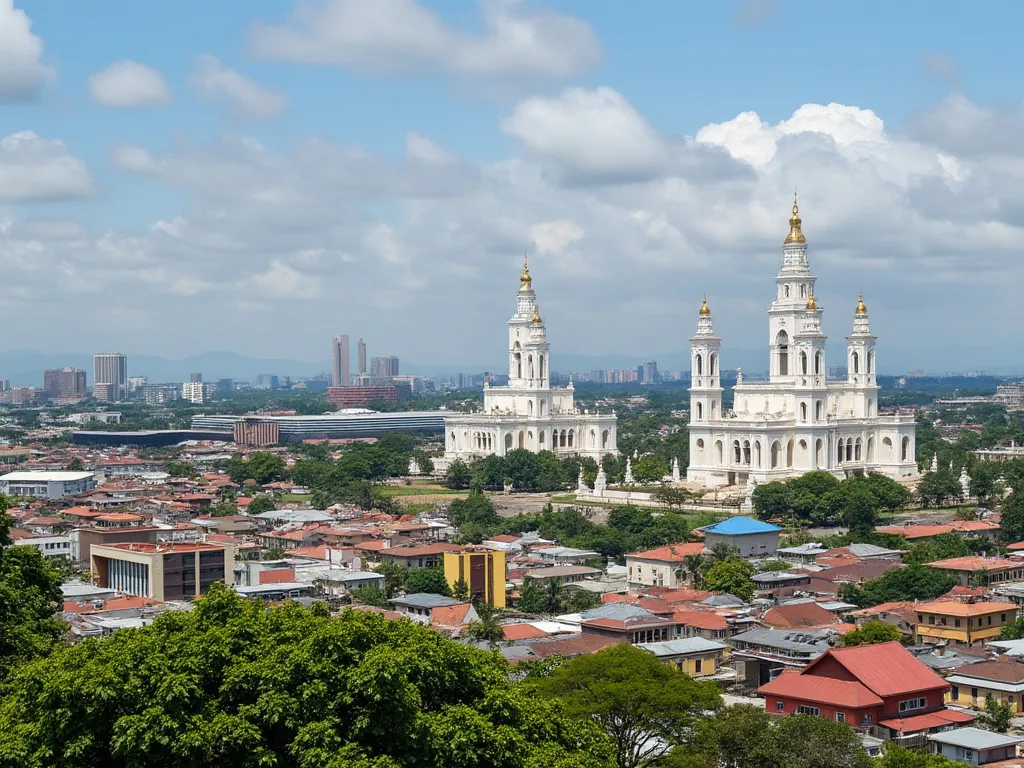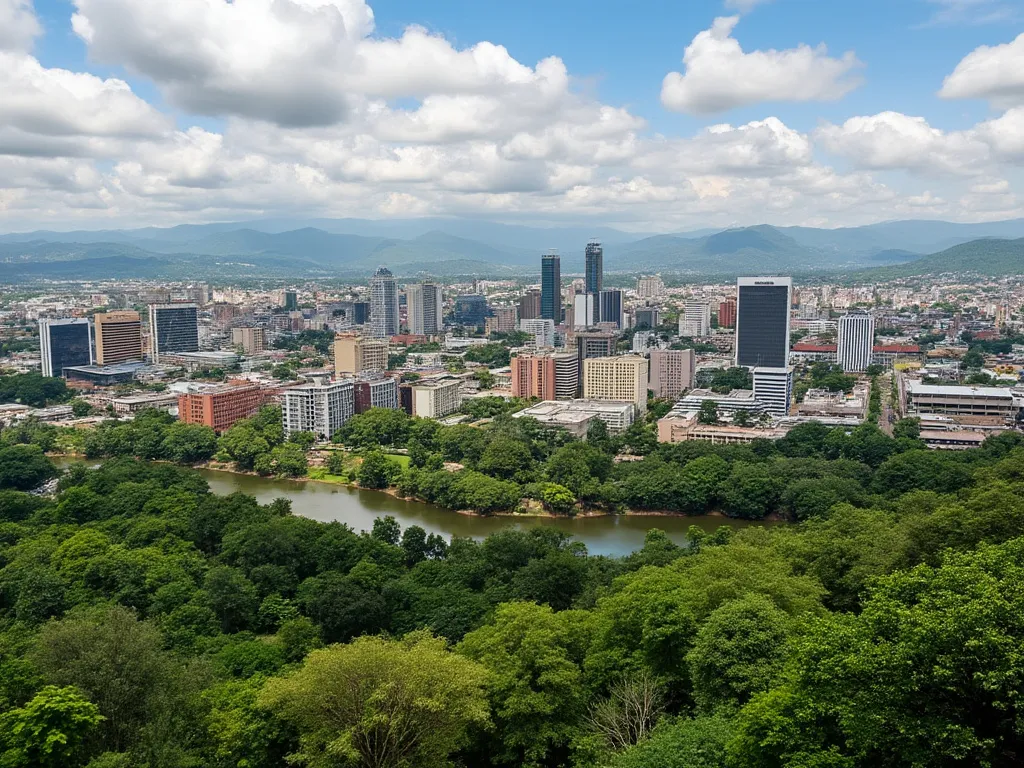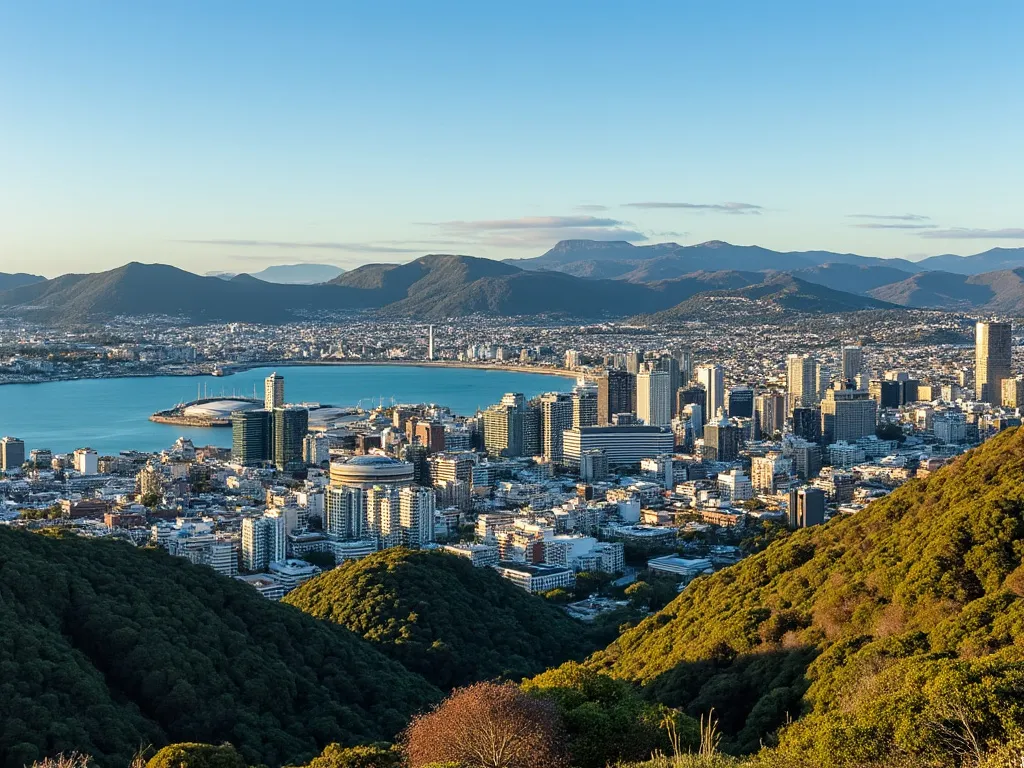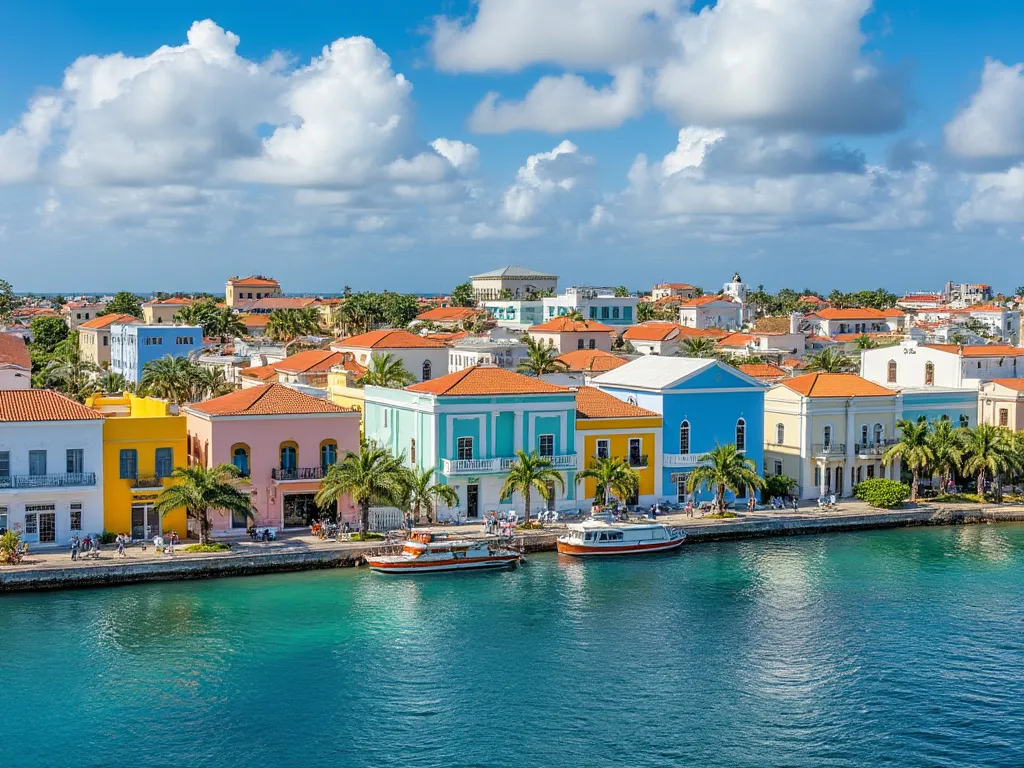
Located in the central highlands of Namibia, Windhoek is the country's capital and largest city. With a rich history dating back to the 19th century, Windhoek has evolved into a vibrant and diverse city, blending traditional African culture with modern amenities.
Windhoek information
| Country | 🇳🇦 Namibia |
| Population | 322,500 (2020 estimate) |
| Coordinates | 22°34′S 17°5′E |
| Area | 645 square kilometers (249 sq mi) |
| Climate | Hot desert climate |
| Language | English (official), Afrikaans, Oshiwambo, Otjiherero |
| Currency | Namibian dollar (NAD) |
| Time zone | Central Africa Time (CAT, UTC+2) |
| Proximity to other major cities | Johannesburg, South Africa (1,450 km/900 mi), Luanda, Angola (1,700 km/1,060 mi) |
Interesting facts about Windhoek
- Windhoek is home to the world's largest population of cheetahs.
- The city has a unique blend of African and German architecture.
- Windhoek is the only capital city in the world that is named after a hot spring.
- The city hosts the annual Windhoek Jazz Festival, which attracts musicians from around the world.
Tourist attractions in Windhoek
- Christ Church: A historic church built in 1896, featuring stunning stained-glass windows.
- Tintenpalast: A beautiful palace built in 1910, now serving as the seat of the Namibian government.
- Namibia Craft Centre: A showcase of local handicrafts and artwork.
- Daan Viljoen Game Park: A nature reserve with a wide variety of wildlife, including giraffes, zebras, and antelopes.
Historical background of Windhoek
Windhoek was founded in 1840 by Jonker Afrikaner, a Nama leader, as a strategic trading post. The city's early history was marked by conflicts between the Nama and Herero people, as well as European colonizers. In 1890, Windhoek became the capital of German South West Africa, and the city began to grow rapidly. After World War I, Windhoek was administered by South Africa, and it remained under apartheid rule until Namibia gained independence in 1990.
Geographical location of Windhoek
Windhoek is situated in the Khomas Highland Plateau, at an elevation of 1,650 meters (5,413 ft) above sea level. The city is surrounded by rolling hills and mountains, and the nearby Auas Mountains offer scenic hiking trails and stunning views. Windhoek's climate is hot and dry, with very little rainfall throughout the year.
Cultural significance of Windhoek
Windhoek is a melting pot of cultures, with a mix of African, European, and Asian influences. The city is home to many museums, galleries, and cultural centers, showcasing Namibia's rich history and heritage. The National Museum of Namibia, the Namibia Craft Centre, and the Windhoek City Museum are just a few examples of the city's cultural attractions.
Economic importance of Windhoek
Windhoek is the economic hub of Namibia, with a strong focus on mining, manufacturing, and tourism. The city is home to many international companies, and its strategic location makes it an important trade center for the region. Windhoek is also a popular tourist destination, with many attractions such as the Christ Church, the Tintenpalast, and the Namibia Craft Centre.
Conclusion on Windhoek
In conclusion, Windhoek is a unique and fascinating city that offers a blend of African culture, European history, and modern amenities. From its stunning natural surroundings to its vibrant cultural scene, Windhoek is a must-visit destination for anyone interested in exploring the heart of Namibia.
 Yamoussoukro
Yamoussoukro
 Yaoundé
Yaoundé
 Wellington
Wellington
 Willemstad
Willemstad